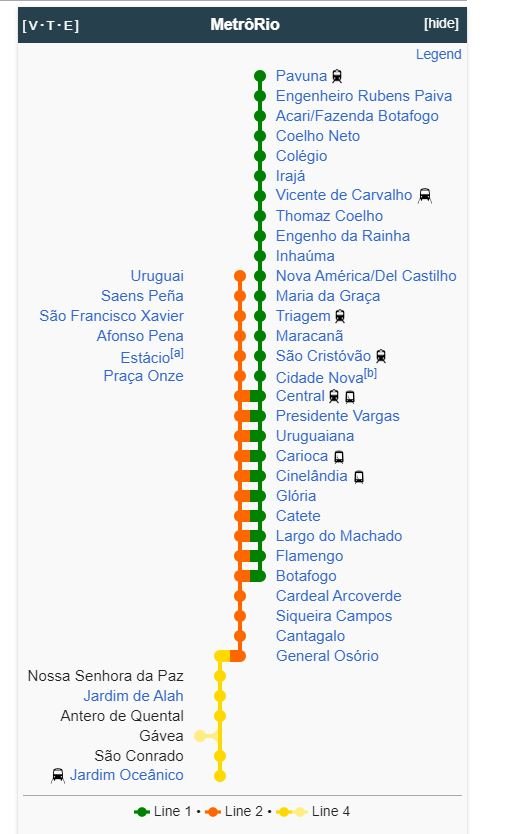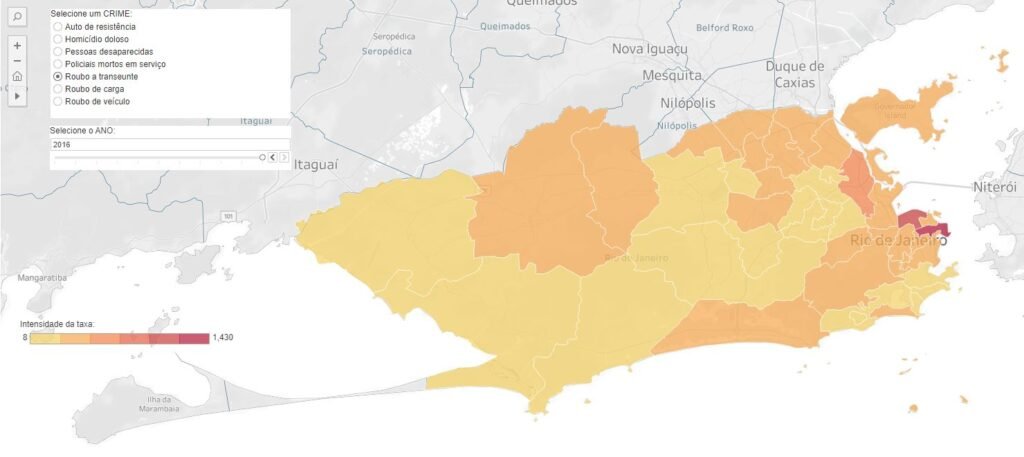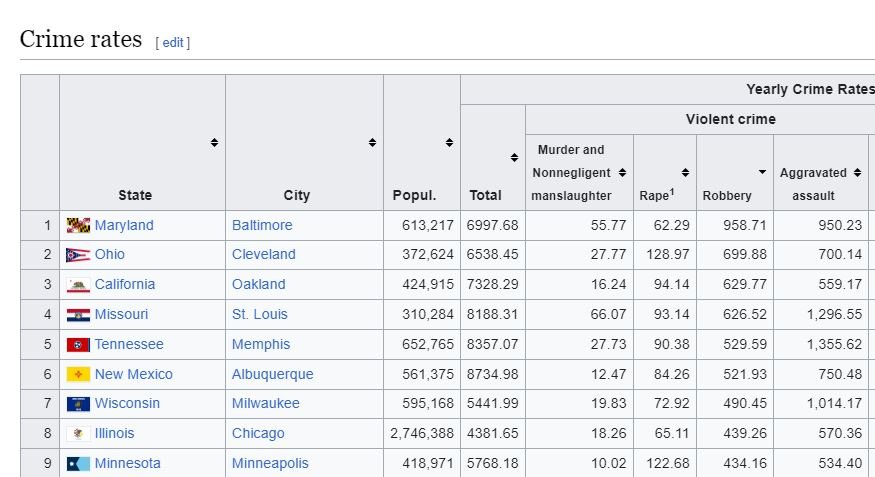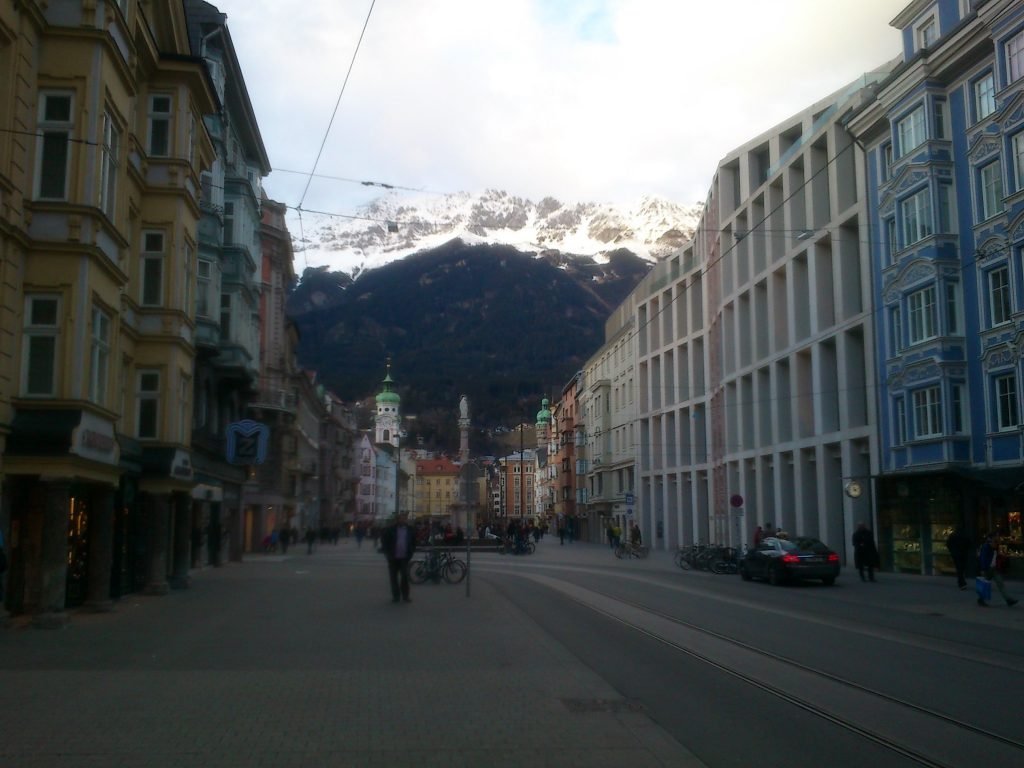Retire in Rio de Janeiro… Well, well, well… This city is considered the 9th most beautiful in the world.
It has the most famous beach on the planet
Some of the most aesthetical people that ever walked on earth
Still… You should NEVER
EVER
Think
about retiring in this place called Rio de Janeiro, and today I am going to tell you why.
And it is painful to me to make a video with such a negative tone about my own country
If you check all my other articles about countries like Chile, Uruguay, or Argentina, they have very positive tones
For a long time, I avoided talking about Brazil, but in a video on my channel about the best countries to live in Latin America, I received a few questions about why I didn’t include Brazil.
So I decided to clarify why Brazil is NOT like Chile or Uruguay.
Most of the problems from Rio de Janeiro that I wrote in the next paragraphs, also exist in other parts of Brazil, in different proportions, but exist.
Still, if you REALLY want to live and retire in Brazil, at the end of this article I will tell you ONE OF THE FEW PLACES where almost NONE of the problems listed are found.
So let’s start with the reason why you should NEVER retire in Rio de Janeiro
(and nearly anywhere in Brazil, for this matter).

I will start with the LEAST bad of all of them, but which is already bad enough.
The PUBLIC TRANSPORTATION
People from Rio will tell you that public transportation improved a lot since the World Cup and Summer Olympics that happened in Rio in 2014 and 2016 respectively
That is true.
But it improved from calamitous to just terrible.
I will not even compare the public transport in Rio with Europe. That would be too much, it is totally out of proportion.
And even if I compare it with some American cities like Boston, Rio is still far behind.
But today I will compare Rio de Janeiro with another city in South America with similar size: Santiago, in Chile.
Santiago has 5,6 million residents, and Rio has 6.7 million residents, so both have a similar size.
Santiago has 1 bus for every 860 residents, while Rio has 1 bus for every 830 residents, so in terms of bus fleets, they are very similar.

HOWEVER…
When we talk about metro lines, things change completely.
Rio has 3 metro lines. Santiago has 7.

Rio has 41 metro stations. Santiago has 143 stations.

Rio has 58 kilometers of metro lines. Santiago has 149 kilometers.
So despite being slightly smaller, the Santiago metro is almost 3 times the size of the Rio metro system.
And that small metro results that the buses in Rio are often extremely overloaded.
It is chaotic.
It is horrific to be stuck inside these cans in a weather of 40 degrees.
And it is also dangerous…. but more about that later, because now it is time to talk about the next negative point of Rio.
The Weather
OH WAIT WAIT WAIT…. You must think I lost my mind… How is it possible that I can list this magic, sunny weather as a negative thing?
The weather in Rio de Janeiro, while often idealized for its warm climate, can present significant challenges for expatriates living in the city.
The tropical climate is hot and humid for a large part of the year, which can be uncomfortable and potentially detrimental to health.
It can get unbearably hot in summer. ALL the time.
Even during the night. Imagine that (and I talk here from experience): You want to sleep, it is hot.
If you let your windows open to receive fresh air, gigantic mosquitoes and every sort of insect will invade your room. If you close and turn on the AC, there is a good chance that you might get sick (at least that happens with me).
Rainfall (and flooding) is another thing.
When it rains in Rio, it really, really RAINS.
Many parts of the city are prone to floods. It might get chaotic VERY quickly. It is common to see people that got stuck during 2, 3 hours in the same place in traffic because tunnels got flooded.
Remember when I talked about insects entering your room?
There is a special kind of insect that you don’t want around. I am not talking about spiders or cockroaches but about one of the most dangerous insects in Brazil.
One that affected my family personally.
The Aedes Aegypti
This mosquito brings a few diseases, and the most famous of them is called Dengue.
My dad had Dengue. Two times. It might kill a person, but even if you survive, you will few insanely bad for a long time.
Most Europeans and Americans probably never heard about Dengue, but unfortunately, for us, Brazilians, it is a synonym with suffering and, sometimes, death.
It does not affect the entire country, but especially regions with torrential rains.
If you already have an advanced age and think about retirement somewhere, be aware that you are at a risk group for Dengue.
Besides climate, another thing that many foreigners think is an advantage but actually might be a negative factor in Rio is…
The Cost of Living
Many foreigners will go to websites and cost of living databases like Expatistan, research Rio, and think it is a cheap city.
For example, this data here says that Rio is 13% cheaper than Valencia, in Spain.

BUT…
As we said in one of our previous videos about violence in Rio de Janeiro, Rio is not a normal city. It is many cities in one.
And when you see on a website the “Average” cost of living in Rio, you are just seeing an average of the Poor Rio and the Rich Rio.
An average between the impoverished Pavuna and the rich Lagoa Rodrigo de Freitas.
This average place, however, does not exist.
And I bet that if you are planning to retire abroad, you would favor a place with good infrastructure, a calmer neighborhood, and near a beautiful beach, right?
That is the rich Rio.
To live in the rich Rio is way more expensive than what you see online.
Let’s talk for example about Ipanema, the beach of that famous music.
Apartments released there are sold for 40,000 reais per square meter.
This is the same as 7300 dollars or 6800 euros.
This is more than the DOUBLE of what you would pay to live in Valencia, Spain, or in Porto, Portugal.
So this data that said Rio is cheaper than Valencia does not sound that true anymore, right?
The cost of living in Rio is also pumped by other costs that one could not expect in European countries.
Things like car insurance for theft are more expensive since… well… the chances of your car being stolen are higher.
Since public transport is pretty bad, you will need to spend on taxis and ride-sharing apps.
Oh, and by the way, never, never drive after drinking. Since 2008 Brazil has practiced zero tolerance. If a driver is found to be driving with any BAC until 0.06%), the driver is to have their license suspended for 12 months, pay a fine of almost 3 thousand reais (which doubles if there is a recurrence) and will have the car seized.
Now you might be asking: What if it is above 0.06%?
Well, then it is a criminal offense and you will go to JAIL. To a Brazilian JAIL.
But I think my audience is very responsible and would never drive under alcohol influence, so let’s jump to the next negative side of Rio.

A Particular Cultural Aspect Many Retiree Expats Struggle With in Brazil
We are almost going to the absolute worst factor of living in Rio. But before we talk about this really BAD aspect, there is still another weird thing that likely will bother you if, for some reason, you decide to retire there.
This weird negative factor I want to tell you is that.. often things simply don’t work in Rio as they are supposed to work.
This happens in many dimensions. If it is Friday afternoon, even though many public offices should still be active, they will be in such a slow rhythm that it is impossible to request anything.
In the days before or after a public holiday, the same. People are already on holiday mood, so don’t even bother.
And many public services in Brazil are ridiculously inefficient. The postal service, for example, is a complete nightmare. People make jokes and memes about it.
You will need to be patient. Very patient.
And now it is time for the biggest, the most famous negative aspect of living in Rio de Janeiro.
But before that, I’d like to ask a small favor: if you enjoy this episode, please hit the like and subscribe buttons.
This thing I want to tell you about is…
The Crime Rate and Violence
And it might not be what you are thinking about. Get ready for a surprise.
Rio is often in the spotlight for negative and film-like violent situations. From a police helicopter downed by gangsters to celebrities kidnapped, the dangers from Rio are as famous as the natural beauty of its panoramic landscapes.
But here is some personal advice: Always read and watch the news with a pinch of salt.
Rio is indeed very violent if you compare it to Europe.
It has a homicide rate of 27.9 murders per 100.000 residents.
This is way higher than any place in Europe
And comparable to US cities like Cleveland in Ohio, Philadelphia in Pennsylvania, or Newark in New Jersey.
But… remember what I told you before about the average cost of living giving you a false impression about the cost of living in Rio?
The same is valid here. The average homicide rate in Rio is high. But it is still an average between very, very different cities: the impoverished, drug-ridden Rio and the high-surveillance, gated-community Rio.
Now I will show you some mindblowing data to exemplify how different are those two “Rios” for an expat.
This is a map showing the robbery rate of all the districts of the city of Rio de Janeiro. The darker it is, the worse.

The south zone has way fewer robberies than the north zone.
Places like the city center and Lapa have 1430 robberies per 100,000 residents per year.
Even the most violent city in the US, Baltimore, has less than that.

Meanwhile, the region of Gávea and São Conrado has a robbery rate of only 78 cases per 100,000 per year.
This is less than Honolulu, in Hawaii, one of the safest big cities in the US.
So your chances of being robbed in the region of Lapa in Rio are 1833% higher than in Gávea or São Conrado!
An even larger discrepancy happens with other types of crime, like car theft. Rio city center has a car theft rate of 188.2 per 100.000 residents.
While Copacabana has a car theft rate of only 6. So Rio city center is more than 30 times worse than Copacabana.
What about murders? The region of Benfica and Bonsucesso has a murder rate of close to 30 homicides per 100.000 residents.
These are New Orleans’s levels of violence.
Meanwhile, Ipanema and Leblon have a homicide rate of 2.46 cases. This is less than half of the homicide rate of the US and is comparable to some European countries.
So the violent Rio is comparable to Detroit or New Orleans, while the safe Rio is like Canada.
In general, this safe Rio is in the South Zone. The tourist-friendly beaches of Copacabana and Ipanema and the wealthy areas of São Conrado and Barra are considered safe during the day. At night there are issues with criminality as with most large cities, but nothing abnormal. Take the usual precautions (and check some tips I will leave in the comment section!) and you should be fine.
Rio might be a wonderful place to visit. To live? Not so sure. Even if you live in the “Good” part of Rio, eventually you will be exposed to the violent parts, even if it is just to go to the airport to take a flight.
Then some people will recommend places like the beautiful beaches in the north or northeast of the country.
But the northeast and North are EVEN WORSE.
Of the 40 most dangerous cities in the world, 12 are in Brazil. Of these 12, 11 are in the north or northeast (the remaining one is in the state of Rio).
What Are The Best Places to Retire in Brazil Then?
If you really want to live in Brazil close to a beach and retire there, I would rather recommend places like: Florianópolis is often highlighted for its stunning beaches and vibrant expat community, making it one of the best cities for retirement in Brazil.
The coastline of São Paulo, where you can find cities like São Sebastião or Caraguatatuba, or the coast of the state of Santa Catarina, with splendid places like Florianópolis. If you want me to talk more about these places in a future video, let me know in the comment section.
But do you know which Latin-American country eliminated most of the violence, has wonderful beaches, fantastic nature, kind people, and is still very inexpensive?
El Salvador! Discover more about this country and its impressive improvement here.
By the way, their president just announced an opportunity for foreigners to become permanent residents of El Salvador with multiple incentives. It sounds like a very attractive idea, and they have Bitcoin as a legal tender!
Levi Borba is the founder of expatriateconsultancy.com, creator of the channel The Expat, and best-selling author.. You can find him on X here.




